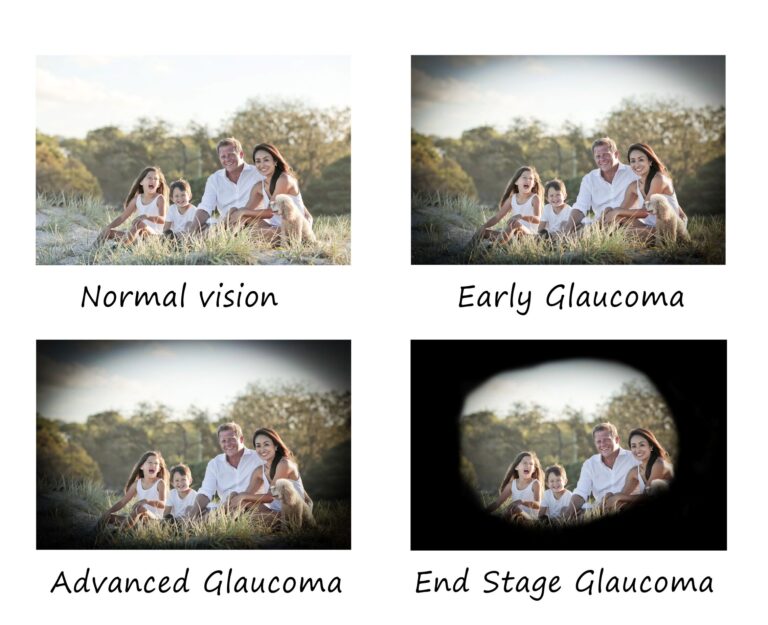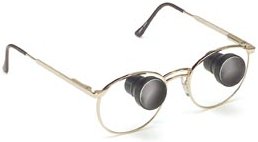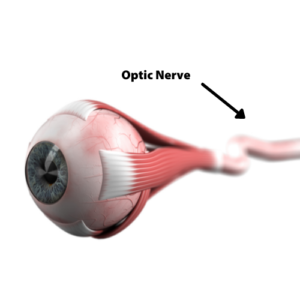
The second leading cause of blindness, glaucoma, is a complex eye condition that results in irreplaceable vision loss. Glaucoma may have no warning signs, and a person could lose up to 40% of their vision before noticing. However, treatments are available to slow the progression once it has been diagnosed. This is why regular eye appointments with an optometrist are critical for eye health, especially for those over 60. Routine eye examinations with a glaucoma test, measuring the intraocular pressure, are important in order to control the pressure and prevent any further damage to the eye.
While there are over-the-counter, one-size-fits-all low vision magnification devices out there, I specialize in evaluating glaucoma and other vision-limiting diseases and creating custom solutions. People come to us directly or from a doctor’s referral. Our services for those with glaucoma and other serious eye conditions often start with a free telephone consultation. (585-271-7320 or toll-free 866-446-2050). We schedule an in-office low vision exam once it is determined that there is potential to help the person. At that exam, I start by checking the current prescription and making certain the glasses are correct. They may simply need a stronger bifocal power that could solve the issue. I also investigate to see if other medical issues might be affecting the vision, like a cataract. Depending on what the person’s wishes are, I might prescribe magnification or prismatic glasses for close activities like reading or low vision telescopic glasses for distance tasks like watching television or driving. Shown in the picture below is a pair of reading telescopes which enlarge the image at a given distance.

More about glaucoma
There is a tissue in the eye where the cornea and the iris meet. Typically, there is a fluid that passes through this area. However, if the liquid cannot flow properly, pressure builds in that area between the cornea and iris, and the optic nerve is damaged. As a result, blind spots start developing in the peripheral vision. Types of glaucoma include Open-angle Glaucoma, Angle-closure Glaucoma, Normal-tension Glaucoma, Pigmentary Glaucoma, and Secondary Glaucoma.

Who is vulnerable to glaucoma?
There are some conditions when glaucoma might be more likely.
Some potential causes include
- A family history of glaucoma increases the risk of getting it.
- The building of high internal eye pressure.
- Certain eye injuries or surgeries.
- Taking corticosteroid eye medications for an extended period of time.
